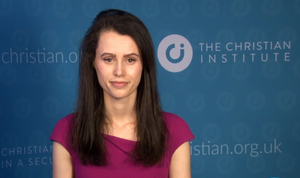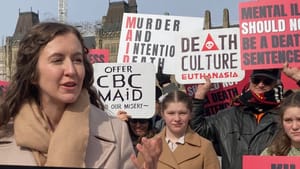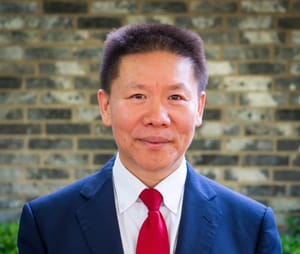Fact File: the Republic of Serbia
Kosovo: Until 17 February 2008, when it declared independence, Kosovo was a province of Serbia – although it had been under UN administration and virtually autonomous since 1999. Kosovo has just over two million people – predominantly ethnic Albanian. Pristina is its largest city. Most of the data given below applies to Serbia including Kosovo.
Area:34,116 square miles.
Neighbouring countries: Bosnia and Herzegovina, Croatia, Hungary, Romania, Bulgaria, Macedonia, Albania and Montenegro.
Environment:Serbia is landlocked. Its climate varies from continental in the north and Mediterranean in the south; and its terrain varies from rich, fertile plains in the north to mountainous in the south (Daravica 2,656 m).
Population:10.5 million.
Life expectancy: 75 years.
Ethnic groups and languages:Serbian (official); Hungarian; Bosniak; Romany (Gypsy); Albanian (in Kosovo). Literacy: 96%.
Capital:Belgrade.
Economy:Under President Slobodan Milosevic, Serbia experienced economic mismanagement and international sanctions. The NATO airstrikes of 1999 caused great damage to the infrastructure.
Since then there has been little progress in rebuilding the economy and reducing unemployment. Serbia is dependent on international assistance. Uncertainty over Kosovo also hindered development.
Serbia has reserves of oil, gas and coal, and is rich in minerals such as iron and copper. Many Serbs practise near-subsistence agriculture. Exports include food, animals and machinery.
Religions: Serbian Orthodox; Muslim; Catholic; Protestant; others, including atheist.
Protestant denominations: SlovakLutheran; Hungarian Reformed; Gypsy Evangelical; various Pentecostal; Baptist; Methodist; Christian Brethren; others. The evangelical community is small.
History:The Kingdom of Serbs, Croats and Slovenes was formed in 1918; and its name was changed to Yugoslavia in 1929. After World War II Yugoslavia was ruled by President Tito’s Communist government until his death in 1980. In 1989 Milosevic became president of the Serbian Republic and his calls for Serbian dominance led to the violent breakup of Yugoslavia along ethnic lines. Since 2001, there has been a greater though fragile stability.



















